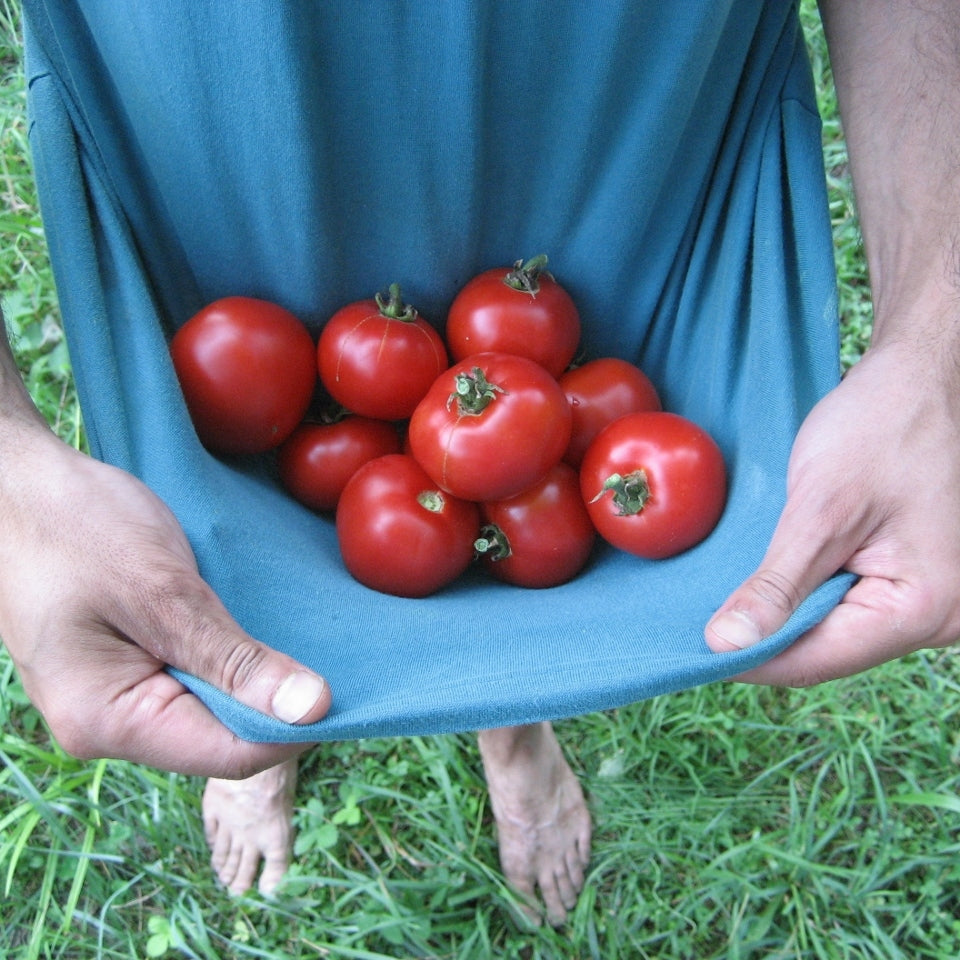At the end of weeks or months of work comes the long-awaited day when it’s time to come into the garden with a harvest basket and collect the reward for your efforts. There are as many ways to harvest as there are gardeners harvesting and no hard and fast rules to follow, but a few considerations will help keep your plants yielding more and for the longest possible time. Here are a few of our favorite tricks of the trade when it comes to harvesting:
Know when to harvest. To get the most from your garden, it’s essential to know when crops are at their peak readiness. Before scrolling ahead, read up on how to know when to harvest what.
** Harvest everything. ** The most important advice we can give is not just to pick the most beautiful fruits and juiciest leaves, but to indiscriminately pick whatever is ready in the garden. The best looking crops will go to your kitchen and the rest can be harvested for the compost pile. Picking off dead leaves and overripe fruit will keep the plant healthier, and for many crops, will encourage them to produce more.
Harvest in the coolest part of the day. If you can, pick your crops when the temperature in the garden matches closest to the temperature in your refrigerator. This helps what you pick look fresh and is less stressful for the plant itself. Mornings or evenings are best.
Prune herbs often. Most herbs grow into a bushy plant (basil, oregano, sage, etc) or from a central rosette close to the ground (cilantro, parsley, dill). To encourage new growth and keep them from bolting, cut or pinch your herbs often. Bushier varieties should be cut with a harvest knife or scissors right above a new set of baby leaves, which are found emerging from the elbow between the main stem and a branch. Herbs that grow as rosettes can be cut entirely, but high enough from the ground (a few inches) so most of the new leaves coming up from the ground are not damaged.
Cut and come again for leaf lettuce and greens. The category of greens that grow as loose leaves, instead of forming a head are called “cut and come again” varieties for a simple reason. When cut evenly (a sharp knife will make a big difference!) a few inches above the ground, such varieties will keep on growing for two or three more harvests!
Grow Collards, Kale and Chard like palm trees. To keep these plants producing through the season, pick only the outermost leaves, always leaving one third of leaves (in the center) intact. Cut them close to the main stem. The plants will grow in the shape of a palm tree and continue growing delicious leaves.
For more fruits, pick gently. The bulk of the summer garden harvest comes from fruiting crops, such as tomatoes, eggplants, peppers, beans, cucumbers, melons, and okra. All of these should be harvested as soon as they are ready, if not before, by simply picking them off the plant by hand, or cutting at the stem right above the fruit. Taking care to not damage the plant will help keep it continue producing more fruits.
Store the surplus. A garden is unlike a supermarket in countless ways, so homegrown vegetables will ripen on their own schedule and sometimes produce a harvest too big for eating fresh. For this good problem, preserve your harvest for winter to avoid the supermarket even long and eat sweet, rich summer flavors in the dreariest months. See here for preservation tips.







